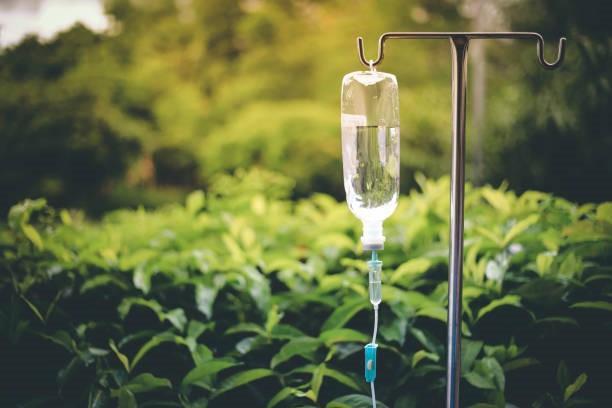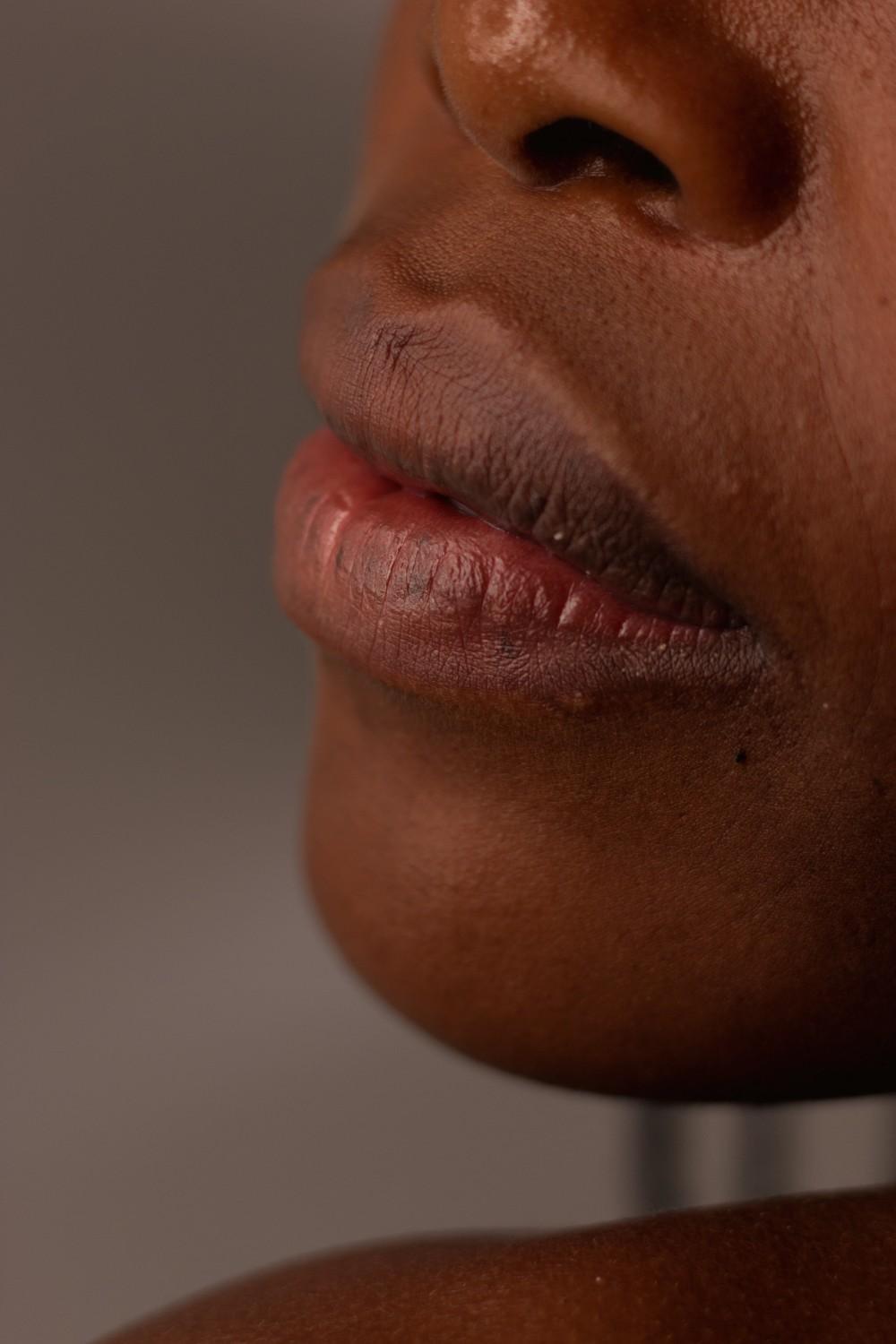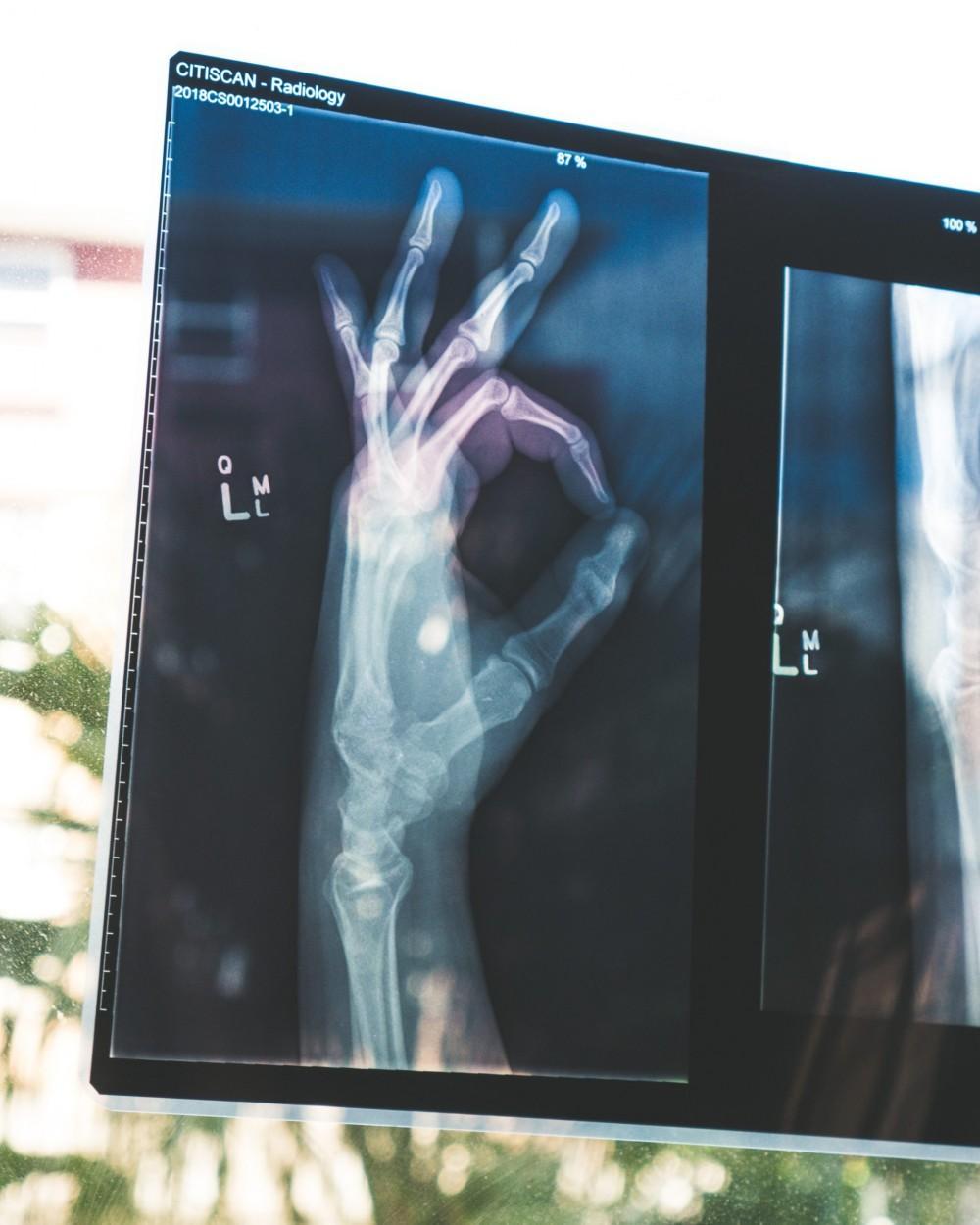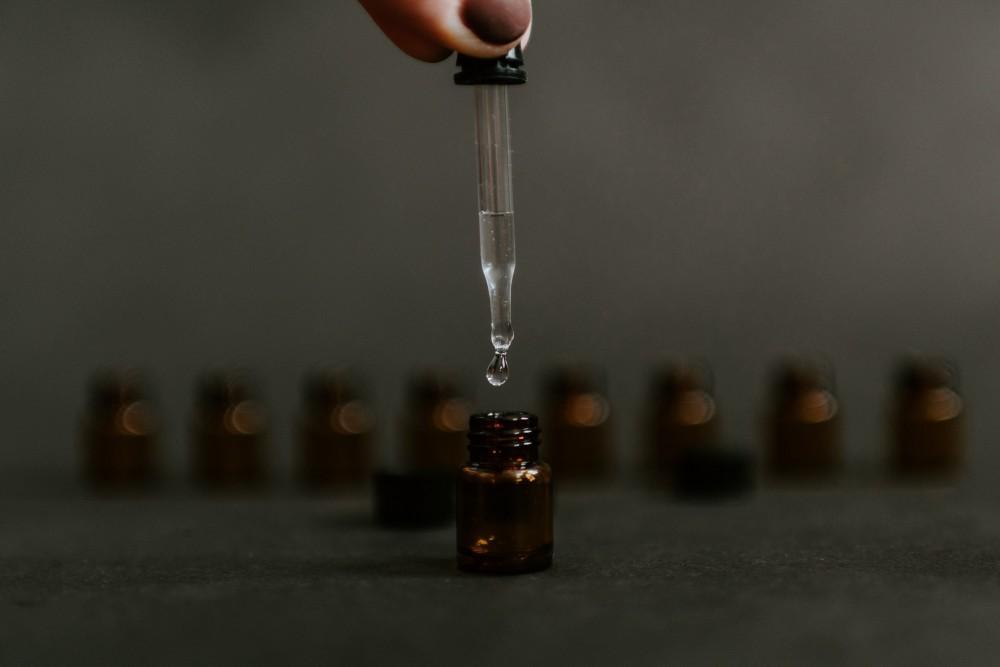
If we asked what the strongest risk factor is for developing a prostate related disorder (such as benign prostate hypertrophy or prostate cancer), what would you guess?
You may first think about family history, being African American, eating red meat, being overweight, or smoking. However, while all of these do contribute in various degrees, the strongest risk factor is age.
The impact of hormonal health on a man’s well-being generally manifest much later than in a woman. It is often a long, drawn-out process in comparison to the changes that commonly occur more rapidly for women as they age. It can also be harder for men to clearly identify these changes because they tend to appear more silently.
In addition, men are often much less likely to talk about their own health and seek medical advice, which can lead to delay in care. Specific attention should be paid to men’s health because of how its effects can decrease quality of life and sexual health.
PROSTATE HEALTH & DISEASES
The main job of the prostate is to produce seminal fluid, which is released during sexual activity. The prostate gland is located just below the bladder and in front of the rectum. It also wraps around the upper part of the urethra, the tube that carries urine from the bladder out of the body.
Although small (only about the size of a walnut or golf ball), its location virtually guarantees problems that can affect urination and sexual function if something goes awry.
Symptoms of an enlarged prostate (aka, benign prostatic hyperplasia, or BPH) and prostate cancer are similar. For that reason, it’s imperative that a man’s PSA levels be checked regularly, as symptoms alone may not tell the whole story.
MEN MAY EXPERIENCE:
- increased urination, including at night
- difficulty emptying the bladder
- difficulty starting urination
BENIGN PROSTATIC HYPERPLASIA (BPH):
In terms of BPH, as a man passes his fifth decade of life, serum testosterone levels decrease and estrogen (as well as brain derived hormones prolactin, luteinizing hormone, and follicle-stimulating hormone) levels rise.
Testosterone is metabolized to DHT (a much more potent androgen) by the enzyme 5 alpha-reductase. DHT causes the prostate to grow.
Estrogen increases the number of male sex hormone/androgen (DHT) receptors in the prostate and inhibits male sex hormone (androgen) metabolism.
In turn, factors that promote the accumulation of estrogens and DHT lead to symptoms of BPH and obstruction of the lower urinary tract, which then cause bladder muscle dysfunction.
Likewise, obesity and insulin resistance also play a significant role related to the chronic inflammation that they create.
Most men develop BPH to some degree, though not everyone is troubled by it. Symptoms are believed to be due to a combination of physical obstruction by the enlarged prostate and obstruction-induced bladder dysfunction. Potential complications of BPH include urinary tract infection, urinary tract or bladder stones, urinary retention, and kidney dysfunction.
For those who struggle with BPH, the effect is simple…the tube (urethra) which carries urine out of the bladder passes directly through the middle of the prostate; since the prostate is nested in a very limited area, as it grows it meets resistance. This creates pressure within the prostate gland that squeezes the urethra, making it more difficult to pass urine. This progression leads to an unstable bladder muscle and worsening symptoms.
TREATMENTS:
Lifestyle: There are many things that you can do to impact your prostate health on your own. Improving testosterone balance through better nutrition, weight loss, and exercise may be beneficial – especially for men whose testosterone level is on the borderline between low and normal.
Exercise may not only help shed unwanted pounds but may also help boost testosterone. Research has found that not only do strength workouts have a bigger effect on testosterone but doing them in the early evening may also be of benefit, since testosterone levels are naturally lower in the evening.
Assuring that you don’t do workouts too close to bedtime or overdo them is important, though. Late workouts can increase cortisol (a stress hormone) which can lower testosterone even more.
You will also likely be happy to know that research supports more sexual activity as beneficial in prostate health.
Non-Prescription Treatments
Beside pharmaceutical drugs that your provider can prescribe, therapies that have been found to reduce hormonal stimulation of prostatic cell growth include:
- good nutrition to help balance hormones
- losing deep visceral body fat
- reducing heavy alcohol consumption
- regular exercise and movement
An anti-inflammatory diet that is low in red meat and dairy, high in good fats such as foods rich in omega-3 fatty acids (salmon, nuts, or flax) and rich in phytosterols (including olives, sesame seeds, pumpkin seeds, and their respective oils) can also help reduce inflammation and the negative detrimental effects that testosterone and estrogen metabolites may have.
Consuming one to two tablespoons of freshly ground flaxseed twice daily can also be beneficial.
Dietary supplementation may have some benefits, as well.
Preferred peparations include:
- Zinc sulfate
- Selenium
- Lycopene
- Saw Palmetto
- Resveratrol
- Pumpkin Seed

Jul 14th, 2021
Have you tried IV therapy before? If not, you might not realize how quick and easy it is to receive micronutrients intravenously. In a little less than one hour (like during your lab review!), we can infuse micronutrients that can help boost...

Jun 20th, 2021
While P3 believes it is important to learn to skillfully eat a well-balanced diet, we understand that sometimes there is a need to kick start weight loss more quickly.

Apr 23rd, 2021
Ah…it’s spring!. The perfect time to get outside for outside gardening, long walks in the neighborhood, and hikes in the hills. Spring means flower buds and blooming trees — and if you’re one of the unlucky millions of people who have seasonal allergies...

Mar 18th, 2021
Microneedling: Using a SkinPen device we make controlled micro-injuries that stimulate your body’s natural wound healing process. The purpose of this treatment is to generate new collagen and skin tissue for smoother, firmer, more toned skin.

Oct 7th, 2020
DOES ALZHEIMER’S DISEASE OR MEMORY LOSS RUN IN YOUR FAMILY? Do you sometimes experience forgetfulness, brain fog, finding words, name recall, forgetting key details of a conversation, scheduled events and want to discretely find out if this is normal...

Sep 17th, 2020
Hormone regulation is about more than just HRT. As always, it’s far more important to remove what is breaking you before adding more to the equation. Endocrine disruptors are anything that confuse your hormone receptors; and, unfortunately, they’re...

Jul 14th, 2020
PROSTATE CANCER As discussed in Part 1 of this series, symptoms of benign prostatic hyperplasia (BPH) and prostate cancer are similar. Men may experience increased urination (including at night), difficulty emptying the bladder, and difficulty...

Jun 11th, 2020
MTHFR Imagine MTHFR is a 6 lane highway. MTHFR = the size of the highway responsible for carrying “traffic”. That traffic includes estrogen, cortisol, environmental toxins, and alcohol. These substances will take up a lot of room on your...

Jun 8th, 2020
PROBLEM & SOLUTION RUNDOWN FROM YOUR P3 CLINICAL TEAM: A common complaint heard by clinicians in primary care who are trusted by their female patients, or are brave enough to ask their female patients, is regarding waning libido or difficulty reaching...

Jun 4th, 2020
…BETTER KNOWN AS A “PRP FACELIFT” This procedure uses your own blood to rejuvenate your skin by adding a big boost in volume, color, and shape. It works by using the benefits of your own concentrated growth factor and stem cells to stimulate collagen...

May 26th, 2020
Regenerate Damaged Joints Inside your joints are cells called chondrocytes that are working hard to maintain and restore joint and cartilage health. Unfortunately, they are always working at a deficit; because joints do not get a strong blood supply...

Apr 22nd, 2020
Let’s acknowledge that we are living through an unprecedented time in our history: a 100 year pandemic. This is a time when we need to practice love, kindness, and patience in order to come out of this stronger and more resilient. We must approach...

Apr 6th, 2020
In the midst of this uncertain time with the Covid-19 virus and the anxiety and fear it can stir in us, it is of utmost importance that we guard our thoughts with vigilance. We work hard to eat healthy and remove food from our diets that cause...

Mar 3rd, 2020
Even if you haven’t been following world news the last couple of months, you may have noticed a shortage of toilet paper this weekend while shopping. That’s all due media attention on COVID-19.

Feb 29th, 2020
Gluten is a protein found in wheat, rye, barley, and most oats that is inherently pro-inflammatory and causes damage to the intestinal lining. Gluten ingestion is associated with abdominal discomfort, IBS symptoms, brain fog, confusion, fatigue...

Feb 17th, 2020
Our goal at Peak Performance & Prevention is to empower you to live your best life. How do we do that? First, we do a deep dive into your biology and look at a variety of advanced labs. Second, we meet with you to discuss your strengths and...

Feb 17th, 2020
Are you ready to join the health revolution? Peak Performance & Prevention is leading the charge to bring functional healthcare to the Pacific Northwest. Our revolution encompasses...
